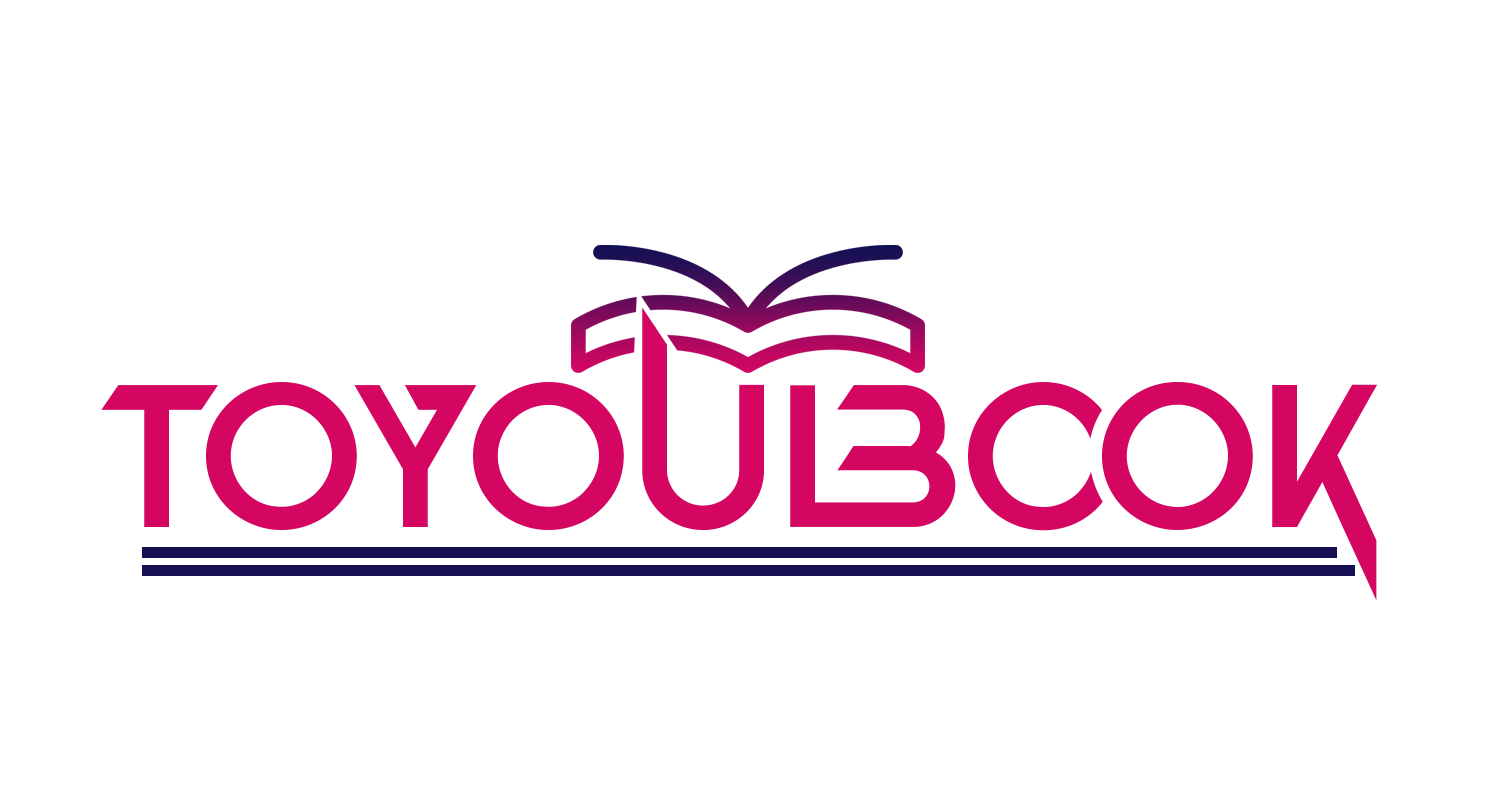In the evolving landscape of higher education financing, students and their families are constantly on the lookout for viable and sustainable ways to manage the costs associated with obtaining a college degree. Traditional student loans have long been the go-to method for covering these costs, but they come with their own set of challenges, including high interest rates and potentially burdensome repayment terms. However, a newer model has been gaining traction and presenting itself as a compelling alternative: Income Share Agreements (ISAs). This article delves into the world of ISAs and student loans, comparing their features, benefits, and limitations to help you make an informed decision about financing your education.
→ https://yelofunding.com/blog/student-loans-income-share-agreements-15
Understanding Student Loans
Student loans are financial loans taken out to cover the costs of higher education, including tuition, room and board, books, and other related expenses. These loans can come from governmental or private sources, each with its own set of terms and conditions.
Pros of Student Loans
- Accessible: Widely available to most students, regardless of credit history or income level.
- Federal Protections: Governmental loans come with benefits such as deferment, forbearance, and various repayment plan options.
Cons of Student Loans
- Interest Accrual: Loans accrue interest over time, which can significantly increase the total amount owed.
- Debt Burden: High loan balances can lead to long-term financial strain.
The Rise of Income Share Agreements
Income Share Agreements offer an alternative model, where instead of borrowing money, students agree to pay a percentage of their future income for a set period after graduation. This amount is directly related to their earnings, making it a potentially more flexible option for many.
Benefits of ISAs
- Income-based Repayments: Payments are based on income, which can ease the financial burden on graduates, especially those entering lower-paying fields.
- Protection in Economic Downturns: In periods of unemployment or low income, payments can be reduced or paused, offering a safety net not typically available with traditional loans.
Limitations of ISAs
- Variable Total Cost: The total amount paid back can be unpredictable, potentially exceeding the amount that would have been paid with a traditional loan if the graduate secures a high-paying job.
- Regulatory Uncertainty: The ISA market is relatively new and lacks the comprehensive regulatory framework that governs traditional student loans.
Making the Choice: ISAs vs. Student Loans
When deciding between an ISA and traditional student loans, consider the following:
- Career Path: If you’re entering a field with higher income potential, a traditional loan might cost less in the long run. Conversely, an ISA could be more beneficial for those entering fields with lower starting salaries.
- Risk Tolerance: ISAs offer a form of income protection, making them a lower-risk option for those concerned about job stability post-graduation.
- Personal Financial Philosophy: Those averse to accruing debt may find the ISA model more appealing, even if it could mean paying more over time.
Conclusion
Both Income Share Agreements and traditional student loans have their place in the modern landscape of education financing. The optimal choice depends on individual circumstances, career goals, and financial preferences. By understanding the nuances of each option, students and their families can make decisions that align with their economic realities and long-term ambitions.
Frequently Asked Questions (FAQ)
Q1. Are Income Share Agreements available to all students?
A1. Availability can vary depending on the institution and the provider of the ISA. They are not as universally available as traditional student loans, but they are becoming more common.
Q2. Can I switch from a student loan to an ISA?
A2. Generally, ISAs are used to finance your education upfront, rather than to pay off existing loans. However, every program has different terms, so it’s worth exploring specific options.
Q3. Is there a cap on how much I have to pay back with an ISA?
A3. Yes, most ISAs have a maximum payment cap to protect the borrower, which typically ranges from 1.5 to 2.5 times the original amount received.
Q4. Are federal student loans always preferable to ISAs?
A4. Not necessarily. While federal student loans offer certain protections and benefits, the choice should be based on individual financial situations, career prospects, and personal preferences regarding debt and repayment flexibility.

